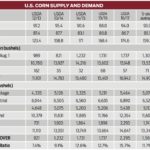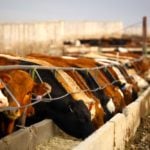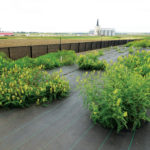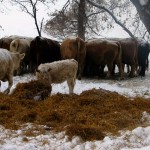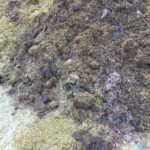When producers discuss the benefits of growing annual polycultures, also known as multi-species mixes or crop cocktails, the talk often revolves around soil-health and environmental improvements, oftentimes taking forage production for granted. Of course, production does occur, but yield and feed quality may be disappointing if the species chosen target soil problems rather than forage […] Read more





